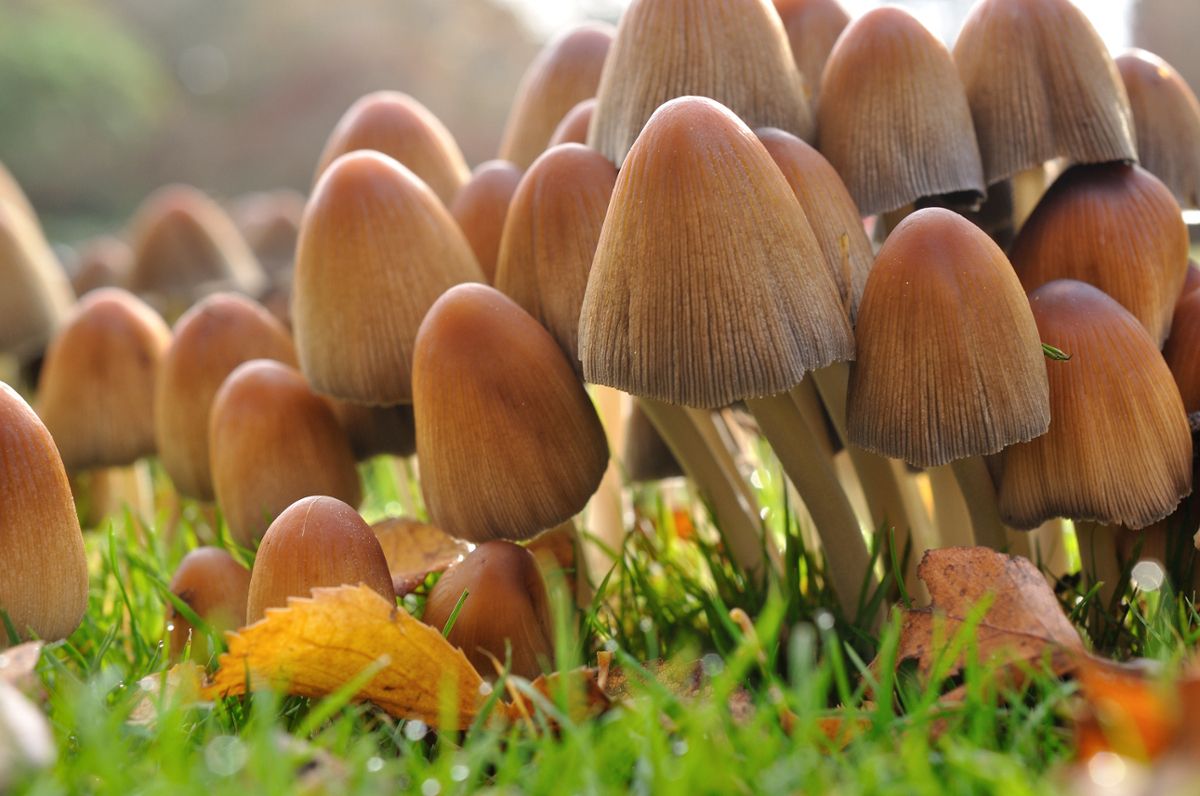Plants and fungi have a complicated relationship. Some fungi can be useful to plants by doing things like allowing them take in more nutrients than they would otherwise be able to do, while other times fungi can threaten whole ecosystems by killing certain plant species. Scientists label fungi with negative effects pathogenic and ones with positive symbiotic.
However, a study published in 2023 details that the story may be even more complicated than these categories suggest. The study focused on the specific proteins that fungi use to communicate with plants. In previous studies, scientists determined that pathogenic fungi use a mix of proteins to suppress and bypass the immune system of their plant-hosts and gain control over them, a process scientists call “colonization.”
The 2023 study used an AI program to predict protein structures of symbiotic fungi and compared them to data from pathogenic fungi. They found that symbiotic fungi use the structurally similar proteins during their interaction with plants they are “colonizing.” It seems symbiotic fungi use the proteins to surmount similar hurdles as the pathogenic fungi, just to different, more beneficial, ends. What this team’s discovery demonstrates is that these positive and negative effects are really two sides of the same coin since the same proteins that likely allow one fungus to benefit a plant can help another destroy it.
Scientists stress that there are still many unanswered questions about why symbiotic fungi use these same proteins but are hopeful that this research could open the door to further solutions to help prevent plant and crop loss due to fungal devastation. So, while things may be complicated, they could still have a happy ending.










